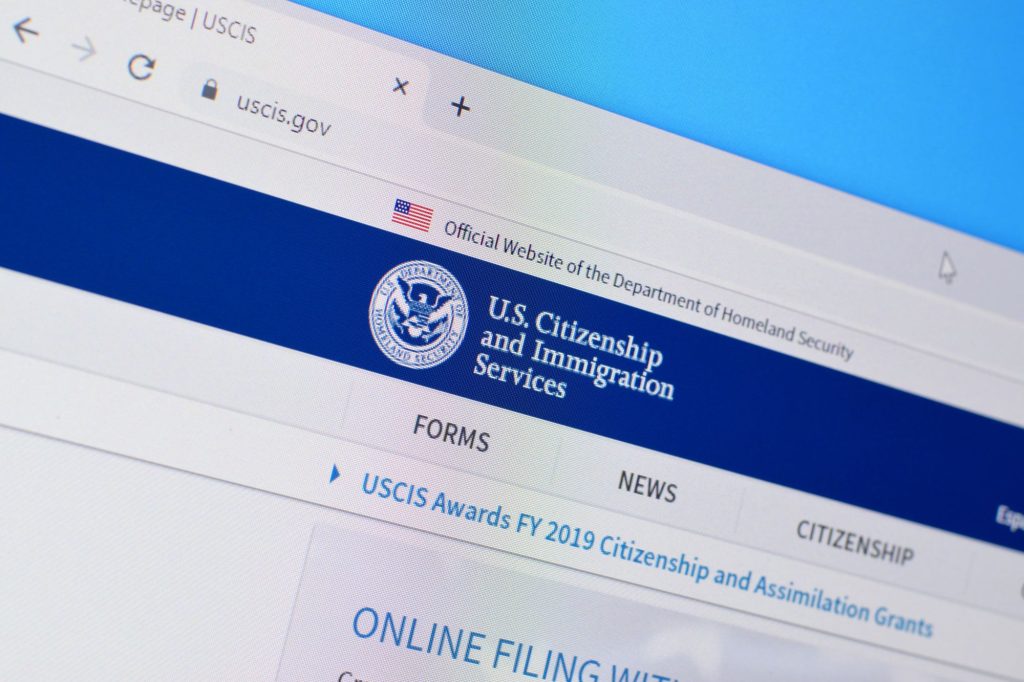Understanding Adjustment of Status for Immigration in the United States
Adjustment of Status (AOS) is a vital process in the U.S. immigration system, enabling certain eligible individuals who are already present in the United States to apply for lawful permanent resident status (commonly known as obtaining a green card) without having to leave the country. This process significantly benefits applicants by allowing them to stay in the U.S. while their green card application is being processed. In this article, we offer an in-depth look at the Adjustment of Status procedure — how to navigate it correctly, key considerations, potential pitfalls, and strategies to ensure a smooth application experience.
What is Adjustment of Status?
Adjustment of Status refers to the process pursuant to U.S. immigration law through which an eligible individual physically present in the United States transitions from a temporary visa holder or other lawful status to lawful permanent resident (LPR) status. In other words, it is a way to "adjust" one’s immigration status without needing to depart the U.S. and apply for an immigrant visa abroad. This convenience contrasts with consular processing, where individuals must leave the United States to complete their immigrant visa interview at a U.S. consulate or embassy.
Who is Eligible for Adjustment of Status?
Not every immigrant in the U.S. qualifies for Adjustment of Status. Eligibility is often tied to the category under which you seek your green card. Common categories include family-based immigration, employment-based immigration, asylum or refugee status holders, Special Immigrant Juveniles, and other humanitarian-based applicants. Key general eligibility requirements include:
- Physical presence in the United States at the time of filing;
- An approved underlying immigrant petition (such as Form I-130, Petition for Alien Relative, or Form I-140, Immigrant Petition for Alien Worker), except in certain categories;
- Admissibility to the United States without any disqualifying factors such as certain criminal convictions or immigration violations;
- Availability of an immigrant visa number according to the Visa Bulletin;
- Maintenance of lawful status in some cases or eligibility under specific provisions for others.
The Adjustment of Status Application Process
The primary form used to apply for Adjustment of Status is Form I-485, Application to Register Permanent Residence or Adjust Status. The submission of this form is a crucial step. Due to the complexity of the form and its instructions, minor errors can cause significant delays, request for additional evidence, or even denial of your case.
Below is a step-by-step overview of the Adjustment of Status process:
- Determine eligibility and visa availability by reviewing your immigrant petition status and the current Visa Bulletin published monthly by the U.S. Department of State.
- Gather and prepare all necessary documentation, including proof of lawful entry, identity documents, medical examination reports, and supporting evidence for your eligibility category.
- Complete Form I-485 carefully, ensuring all information is accurate and consistent with previous applications or petitions.
- Pay the filing fees associated with Form I-485, which in 2025 may vary depending on your age and category.
- Submit Form I-485 along with supporting documents to the appropriate U.S. Citizenship and Immigration Services (USCIS) lockbox or service center.
- After submission, USCIS will send a receipt notice confirming the acceptance of your application.
- Attend a biometric services appointment, during which USCIS collects fingerprints, photograph, and signature to conduct background checks.
- Prepare for and attend an Adjustment of Status interview at your local USCIS field office if required. Not all cases require an interview, but most family-based green card applicants do.
- Await the final decision. If approved, you will receive your green card in the mail, confirming your status as a lawful permanent resident.
Common Mistakes and How to Avoid Them
Filing Form I-485 and related documents carefully is essential, as mistakes can lead to processing delays or denials. Here are some frequent pitfalls and tips to avoid them:
- Incomplete or inconsistent information across forms. Double-check all data entries for accuracy.
- Failure to include required supporting documents or valid translations for foreign language materials.
- Missing signatures or wrong dates on forms.
- Not keeping copies of all forms and evidence sent to USCIS.
- Ignoring requests for Evidence (RFEs) or failing to respond timely.
- Failing to disclose previous immigration violations or criminal history, which can lead to denial.
By paying close attention to detail and possibly consulting with a qualified immigration attorney, applicants can significantly improve their chance for timely approval.
Preparing for Biometrics and the Interview
Once your application is accepted, USCIS will schedule a biometrics appointment. During this appointment, biometric identifiers—fingerprints, photo, and signature—are collected to conduct background security checks. It is essential to attend this appointment as scheduled to prevent delays.
In many cases, USCIS schedules an interview where the applicant will meet with an immigration officer to verify the information submitted, assess eligibility, and review any additional concerns. Preparation for this interview is important. Applicants should carry all original documents, be ready to answer questions about their application and history, and present themselves truthfully and confidently.
Understanding Processing Times and Patience in the Adjustment of Status Process
Adjustment of Status processing times can vary widely based on factors such as USCIS workload, applicant category, and background check processing. On average, processing may take several months to over a year. Patience is critical during this period, as repeated inquiries or premature attempts to expedite can be counterproductive.
USCIS provides estimated processing times on their website, and applicants can track their case status online using the receipt number provided. Remaining informed and ready to comply with any USCIS requests will assist in a smoother process.
Legal Assistance and Best Practices
Navigating Adjustment of Status can be complex, especially for those unfamiliar with immigration law and procedure. Legal guidance from experienced immigration attorneys or accredited representatives can ensure proper form completion, document collection, and overall strategy.
Best practices for applicants include:
- Starting preparation well in advance of filing to compile complete evidence.
- Maintaining copies of all filings and communications with USCIS.
- Being honest and thorough about any inadmissibility issues.
- Promptly responding to any USCIS correspondence or Requests for Evidence.
- Consulting with legal experts when in doubt or encountering complex issues.
Conclusion
Adjustment of Status is a vital pathway for many immigrants already in the U.S. to become lawful permanent residents without leaving the country. The process demands care, attention to detail, and patience. By understanding the requirements, properly completing Form I-485, preparing for biometrics and interviews, and seeking legal guidance when necessary, applicants can increase their chances of success. For those interested in professional assistance, Legal Marketplace CONSULTANT is ready to offer expert support throughout every step of your immigration journey.
Legal Marketplace CONSULTANT is a trusted legal company specializing in comprehensive immigration services. Our team consists of experienced immigration attorneys and consultants dedicated to guiding you through your adjustment of status and other immigration processes with professionalism and care.































